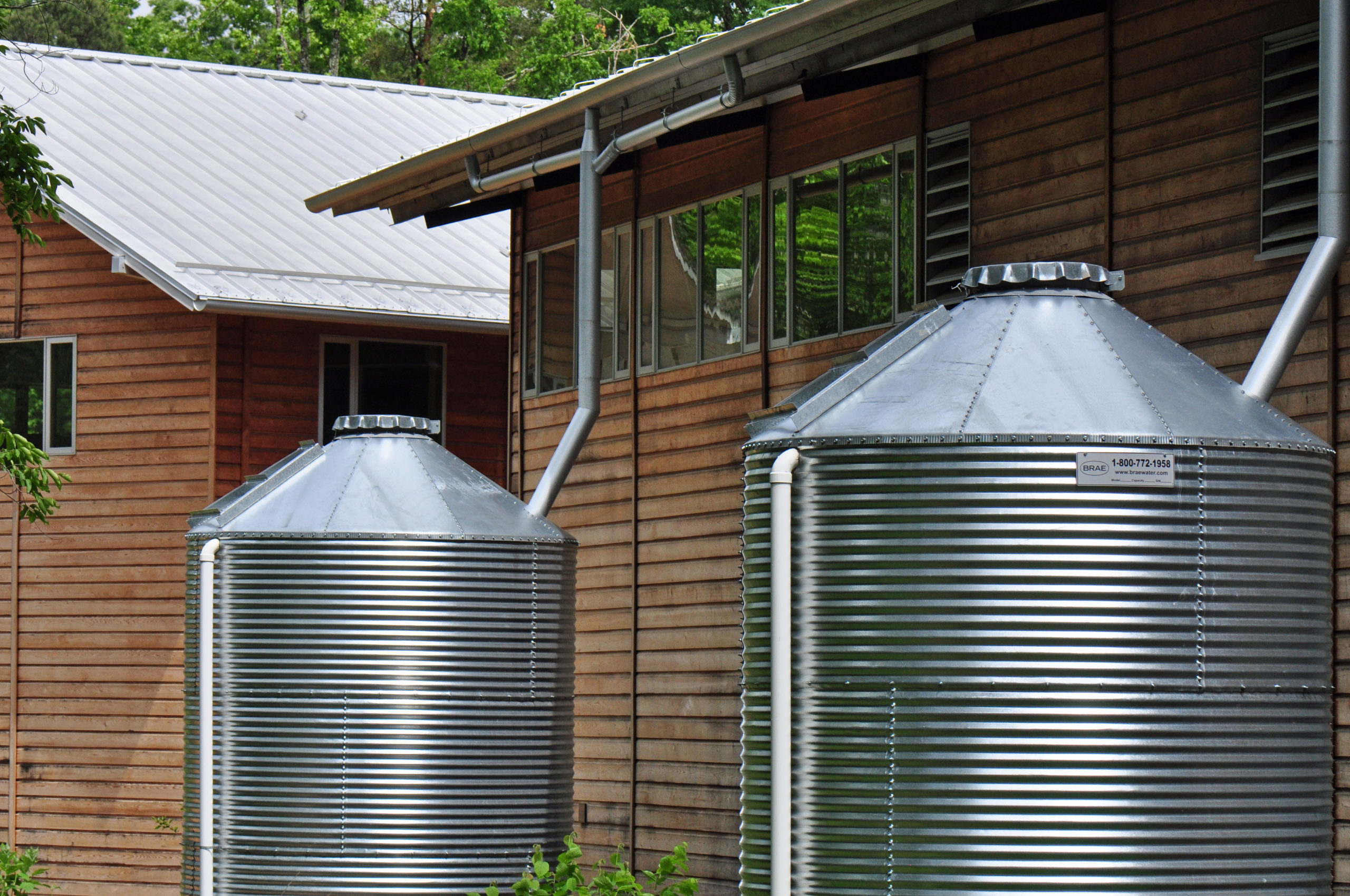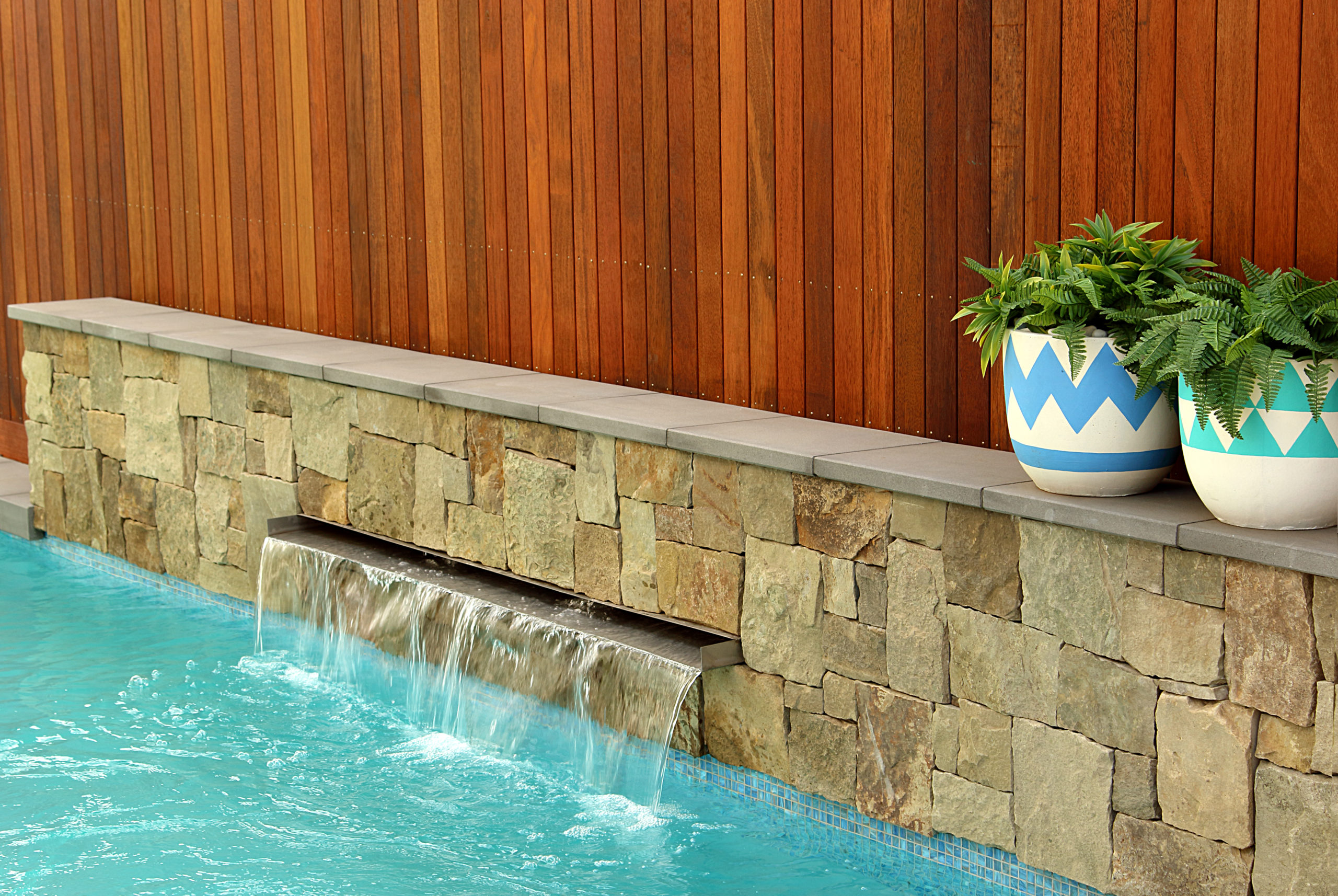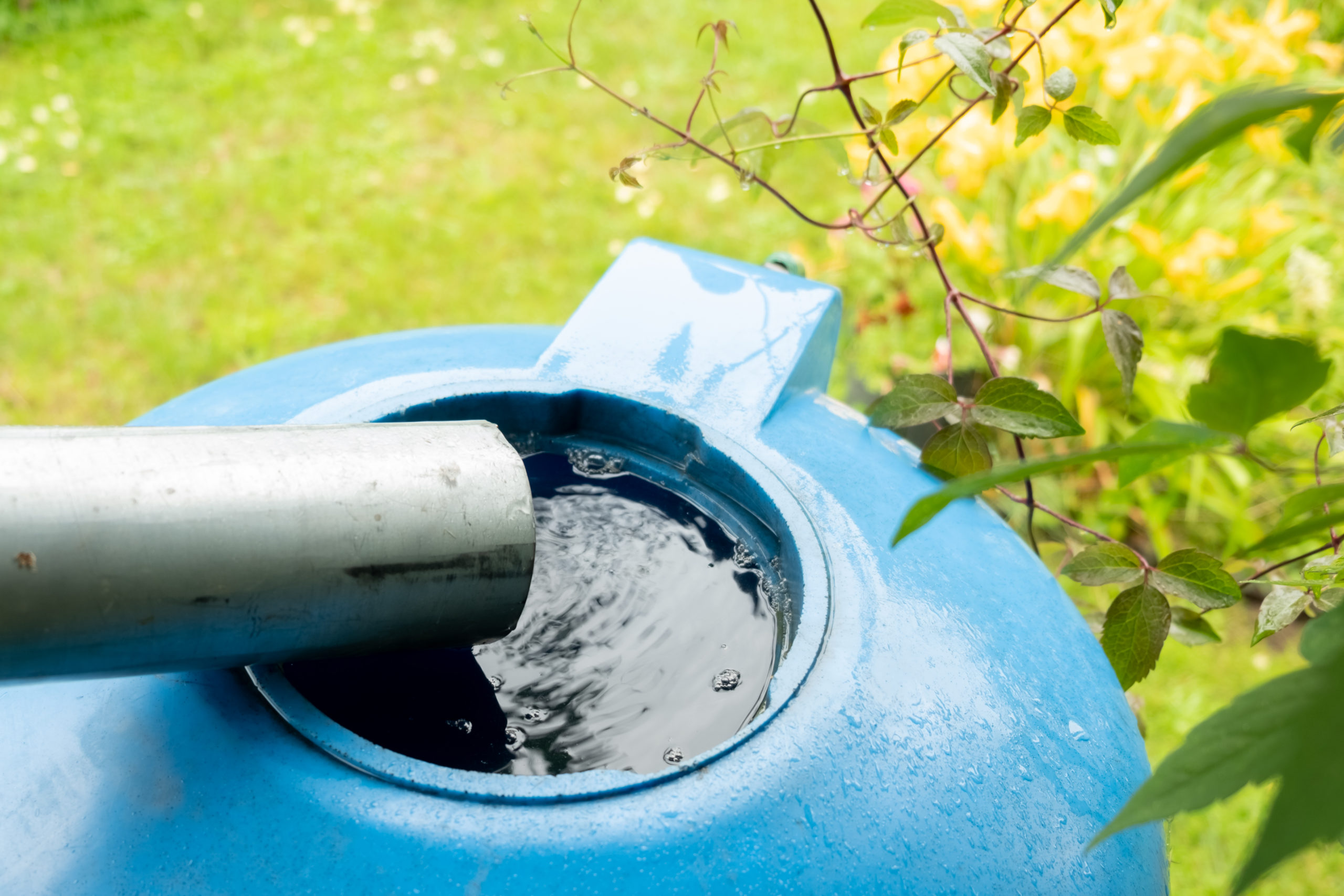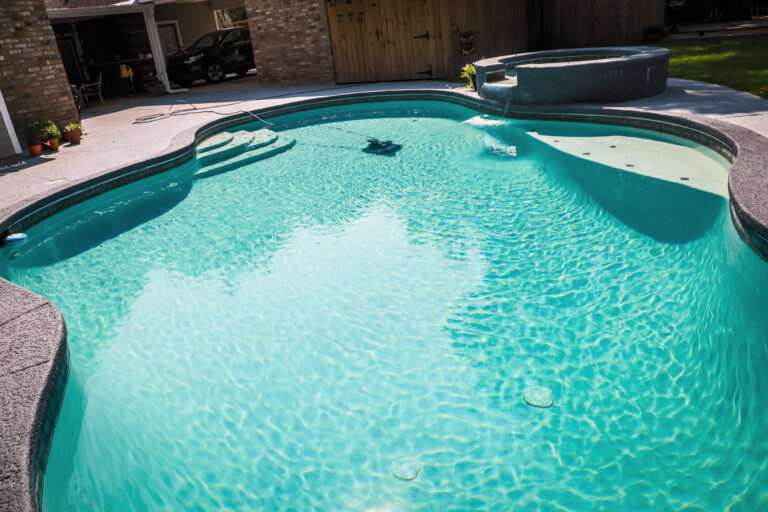Sustainable Water Usage Rainwater Collection for Pools
You’re constantly seeking ways to live more sustainably, right? Consider using rainwater for your pool. It’s an eco-friendly, cost-effective solution that’s gaining popularity.
This article breaks down the importance and process of rainwater collection, its benefits, challenges you might face, and solutions. Plus, we’ll share successful case studies to inspire you.
Let’s dive into sustainable water usage: collecting rainwater for pools.
Understanding the Importance of Rainwater Collection
You’ve probably heard about rainwater collection, but you might not fully understand why it’s so crucial for sustainable water usage. It’s more than just a way to fill your pool-it’s part of global conservation efforts. Here’s the scoop:
Freshwater is a finite resource; we can’t make more of it. When we waste water or use it inefficiently, we’re essentially stealing from future generations.
Rainwater collection can be a lifesaver in drought-prone regions, providing an additional source of water that lessens the strain on municipal resources. Plus, rainwater is naturally soft and chemical-free, which can make it better for your skin and hair if you’re using it to fill your swim spot.
However, there are some rainwater legality issues to consider. In certain places, collecting rainwater is actually illegal due to old laws designed to protect communal water rights. But don’t let this deter you! Many areas encourage rainwater collection as part of their sustainability initiatives.
So remember: collecting rainwater isn’t just about saving money on your water bill-although that’s definitely a bonus! It’s also about protecting our planet and ensuring there’ll be enough clean H2O for everyone in the future.
The Process of Rainwater Collection for Pools
Before diving in, it’s important to understand the process you’ll need to follow to capture and use nature’s gift for your swimming needs.
The first step involves setting up the right collection equipment. You’re gonna need a rainfall catchment system, which includes gutters and downspouts attached to your roof, leading into a storage tank or directly into your pool.
However, not all rainwater is created equal. Your water quality may vary depending on where you live or even from one storm to another. It’s crucial that you test the collected rainwater for pH levels, hardness, alkalinity, and presence of contaminants before adding it to your pool.
Remember also that rainwater doesn’t contain chlorine or other disinfectants like tap water does. So once you’ve added it to your pool, you’ll still have to treat it accordingly for safe swimming.
By using this method of collection and ensuring good water quality control measures are in place, you can enjoy a more sustainable way of keeping your pool filled while reducing reliance on municipal resources.
In essence, capturing and using rainwater for your swimming needs is an excellent way of embracing sustainability at home!

Benefits of Using Rainwater for Your Pool
It’s a win-win situation when you opt for this method, as it not only lessens your dependence on local supplies, but also provides a chemical-free option for your swimming needs. You’re making an eco-friendly choice that gives back to the environment and saves you money in the long run.
Here are three key benefits of using rainwater for your pool:
1. Improved Rainwater Quality: Collecting and using rainwater directly reduces pollutants from municipal water sources, improving the overall water quality in your pool. This means fewer chemicals needed to maintain a safe and clean swimming environment.
2. Reduced Pool Maintenance: Since rainwater is naturally softer than most tap water, it can help prevent calcium build-up in your pool equipment, reducing wear and tear.
3. Lower Water Bills: By collecting and reusing rainwater, you’ll see dramatic savings on your monthly water bills over time.
Challenges and Solutions in Rainwater Collection
Despite the clear benefits, there can be potential hurdles in harvesting nature’s bounty for your swimming needs, but don’t worry-we’ve got solutions.
One challenge might be ensuring adequate collection efficiency. You’re probably wondering how to maximize every drop of rainwater that falls on your roof. Well, it’s all about the design and setup of your harvesting equipment.
Investing in high-quality gutters and downspouts is essential-they direct water into your storage tank. It’s also crucial to regularly maintain this gear to prevent clogs or leaks that could hamper collection efficiency.
Speaking of storing rainwater, you’ll need a large enough tank for pool use. But here’s a tip: plan your system according to average rainfall statistics and pool size rather than trying to store an entire season’s worth of rain at once-it’s less overwhelming that way!
Lastly, remember filtration is key when it comes to using harvested water for swimming purposes; safety first! Invest in a good filter to remove any debris or contaminants before the water hits your pool.
So yes, while challenges exist with rainwater collection for pools, they’re manageable with smart planning and the right harvesting equipment.

Case Studies: Successful Rainwater Collection for Pools
Let’s look at some real-life examples of folks who’ve successfully tackled the task of gathering nature’s bounty for their swimming needs. They have managed to minimize water bills, promote eco-friendly practices, and maintain an efficient system.
Here are three cases that illustrate this:
| Case | Cost Analysis | System Maintenance |
| John S. | Initial set-up cost was high but recovered in 2 years through reduced water bills. | Regular checking of filters and seasonal cleaning. |
| Maria Z. | Cost-effective DIY rainwater collection system. Savings noticed immediately. | Monthly checkup and cleaning. Yearly professional maintenance is done for peace of mind. |
| Green Resort | High initial investment paid off in 5 years due to large-scale utilization. | Daily professional maintenance included in resort operational costs. |
In your case, you’ll need to consider both the cost analysis and system maintenance when deciding on a rainwater collection system for your pool. It might seem like a daunting task initially, especially considering the upfront costs and regular upkeep needed. However, as these examples show, it can be a worthwhile investment that pays off in the long run while helping conserve resources.
Frequently Asked Questions
How Much Does It Typically Cost to Set up a Rainwater Collection System for a Pool?
Depending on system efficiency and the installation process, you’re looking at a cost between $1,000 to $5,000. It’s not cheap initially, but it’ll save you lots on your water bills in the long term.
What Are the Legal Implications or Guidelines for Collecting and Using Rainwater for Private Pools?
Legal variations exist globally for rainwater collection. It’s essential you research local regulations to ensure compliance. Consider environmental impact, too – using rainwater in private pools can significantly reduce water consumption if done responsibly.
How Can Rainwater Collection for Pools Contribute to Larger Scale Water Conservation Efforts?
By using rainwater collection for pools, you’re not just saving on your water bill. You’re improving rainwater quality and collection efficiency, which significantly contributes to broader scale water conservation efforts in your community.
Can Rainwater Be Used for Other Purposes Besides Filling a Pool?
Absolutely, you can use rainwater for various purposes besides filling a pool. It’s perfect for rainwater irrigation, providing water to your garden. You can also use it for household cleaning tasks.
What Maintenance Is Required for a Rainwater Collection System?
For maintaining your rainwater collection system’s efficiency, you’ll need to clean filters regularly and inspect the storage tanks annually. Ensure water quality by testing it periodically for harmful bacteria or contaminants.









